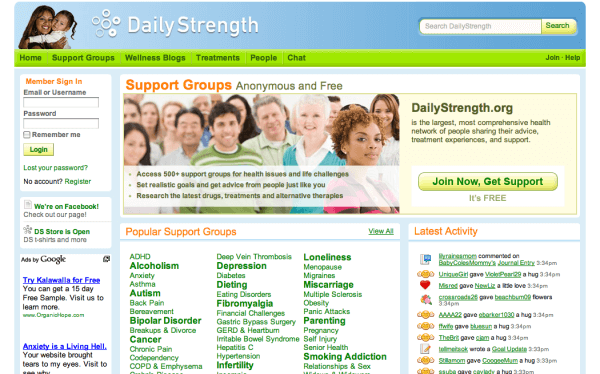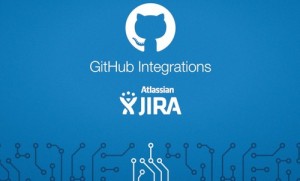Five Successful Communities from Around the World

As we have launched and are expanding a new online community for TrackActive Pro users, we thought it timely to look at what makes for a successful online community and some real-world examples of this.
Online Communities have been building steadily in numbers and diversity over the past two decades. So what is their purpose and how do they form? As this blog outlines, successful communities require more than just a software package.
What Makes for a Successful Community?
- A Clear Purpose
- Create a vision, purpose and composition for their community
- Ask why people would be in the community and seek to understand what people are looking for from the community
- Community founders realise that people they wish to join their community aren’t just there to help with the community’s mission. Instead, members can be there to share research and exchange information
- Communities typically take time to catch fire and as such community founders and early members need to be in for the long haul
- Socializing
- Socializing and/or networking is a key component of all communities
- Establishing a safe, open and fulfilling environment, encouraging open communication instead of stifling it and setting boundaries for acceptable behavior, and setting guidelines over hard rules
- Community founders need to be sure that they have anticipated roles for all of the different ways people wish to participate. This includes:
- The small, active group of “Super-Users”: people who login daily and account for the vast majority of community activities — writing, commenting, adding events, posting photos and voting and
- At the other end of the spectrum will be lurkers or browsers: people who mostly read and perhaps, depending on the community’s configuration, do not even register
- Engagement
- Typically the community’s founders need to initiate action in the community first off, they can’t simply reach out to their members when looking for a favour
- Using a central discussion channel first off helps the community to gain momentum and from this sub-communities can then break-off and commence in additional communication channels
- To help facilitate more engagement from and between members, successful communities encourage personal relationships and discussion groups, whilst being aware of privacy settings
- Reputation building can also be facilitated on communities, some advanced software allows rankings and history of each community member and virtual rewards for top community members.
Five successful online communities from different areas around the world:
- Wikipedia (established 2001), the free encyclopedia has no central organization that controls editing. Since it commenced, Wikipedia has evolved into a global project in multiple languages. It is the seventh most visited website in the world, with worldwide monthly readership at 495 million people.
- Success Factors: no hard rules set for controlling editing, guidelines only

- Success Factors: no hard rules set for controlling editing, guidelines only
- Top Coder (established 2001) administers competitions in computer coding. Statistics, (including a ‘rating’ for each developer) are tracked over time for competitors in each category. As a result, Top Coder is used as a recruitment centre from which companies can find programmers who have proven to be highly talented. Equally, Top Coder provides a platform upon which programmers can display their skills to a worldwide audience.
- Success Factors: has successfully leveraged reputation building in the community for both the benefit of members and guests (companies) of the community

- Success Factors: has successfully leveraged reputation building in the community for both the benefit of members and guests (companies) of the community
- Daily Strength (established 2006) serves as a social network centred on support groups where users provide one another with emotional support by discussing their struggles, and successes with each other. These discussions encompass different medical conditions and life challenges. Examples are: Anxiety, divorce, chronic pain and family relationships. The site is free for members and in this community, the members are encouraged to remain anonymous. After being founded in 2006, in just under a year the site had more than 14,000 unique daily visitors to its site who would spend on average 82 minutes on the site, viewing approximately 145 pages.
- GitHub (established 2008) is a web-based git (source code management system for software development) repository hosting service. It is used to host open source software projects and has 12 million users and more than 31 million repositories in 2016, making it the largest host of source code in the world. GitHub was valued at $2 billion in 2015.
- Success Factors: the founders sought to understand what its members were looking to get out of their involvement in GitHub and delivered on this

- Success Factors: the founders sought to understand what its members were looking to get out of their involvement in GitHub and delivered on this
- Kaggle (established 2010) is a platform for predictive modelling and analytics competitions on which companies and their researchers post their data. Statisticians and data miners from all over the world then compete to produce the best models. In 2015, Kaggle had 332,000 data scientists on its job boards
- Success Factors: has successfully leveraged reputation building in the community for both the benefit of members and guests (companies) of the community

- Success Factors: has successfully leveraged reputation building in the community for both the benefit of members and guests (companies) of the community
TrackActive Pro Community
This brings us to TrackActive Pro’s new community feature. Whilst still in its infancy, the Community feature has been established for subscribers to share exercise content for practical and training purposes. This in turn grows TrackActive Pro’s community member base due to increased exercise content, meaning we can invest more back into the product to develop an even better platform for you and your patients and clients to use.
Remember, by being involved in the TrackActive Pro community, it brings a world of exercises into your clinic!
Start your free 30 day trial now
Discover what TrackActive Pro can do for you and your patients with a no risk, 30 day, free trial.




